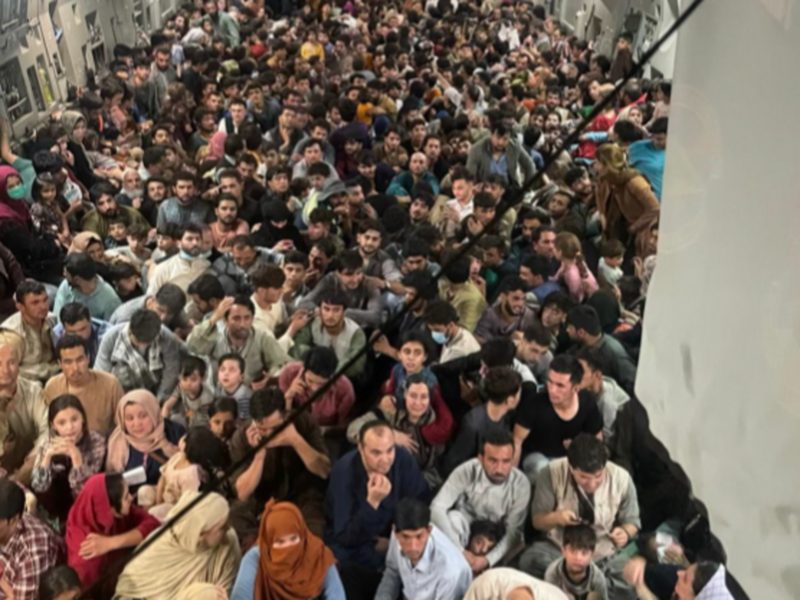From the reporter station to the airport less than 5 kilometers, usually drive ten minutes to get, but today the car on the airport road only a few hundred meters began to traffic jams. Many of those who were going to the airport left their cars on the side of the road and carried their small parcels to the airport, where the police, who had been standing at checkpoints with live ammunition, had no idea where to go. Because there is equipment in the car, the cameraman still recommends driving slowly forward.
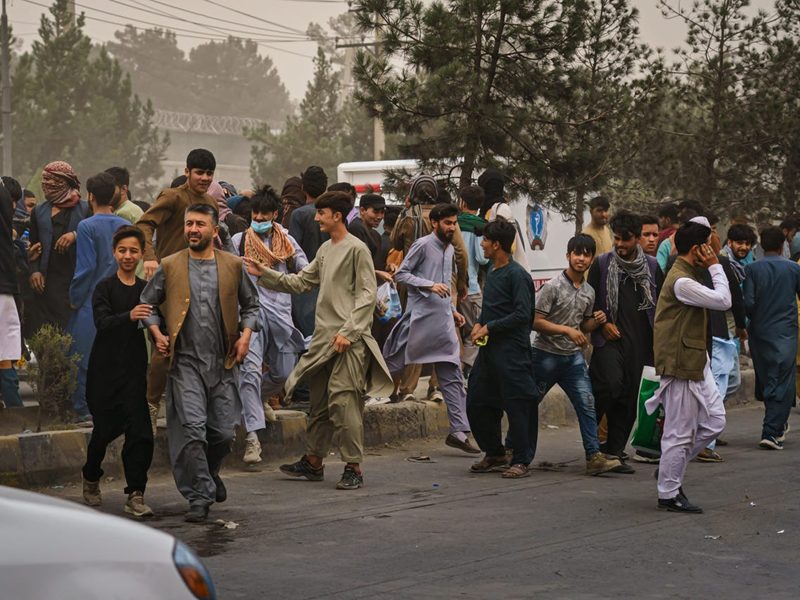
Because of the bad situation, after the U.S. and Taliban reached an agreement last February, people who thought the situation was unclear and had some economic ability began to leave.
Others work as translators or transporters for the U.S. military. The Americans promised them that they would be issued immigrant visas when they finally withdrew, but heard that at least 80,000 Afghans and their families had applied for special immigrant visas, and only a few thousand had been evacuated so far.
American-style equipment for the Taliban
Overhead, a transport plane hovered, and from time to time there were people passing by with weapons. When the Taliban left Kabul 20 years ago, I was just going to college, and I remember when they were using Some Soviet rifles, but now most of them are in American gear, and some are wearing the uniforms of U.S. Special Forces. In the distance, a group of men wearing headscarves stood in a Hummer jeep, one waving a rocket launcher in his hand.
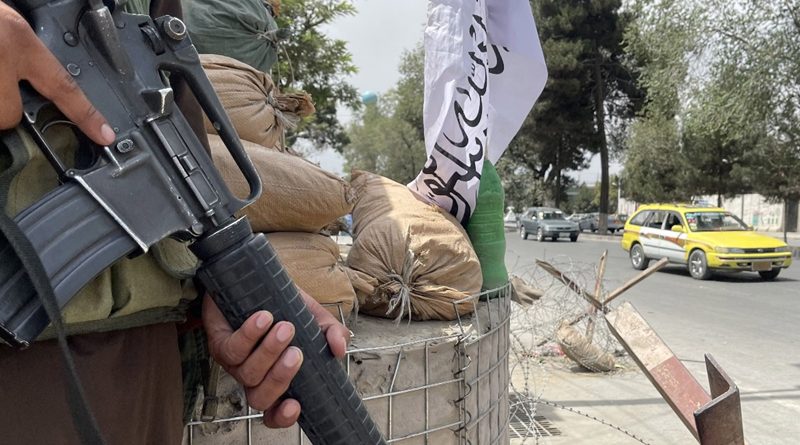
More and more vehicles parked on the road, all models from the 1970s and 1980s, can only get off with equipment and walk. There was a burst of gunfire in front of me, and the crowd was suddenly coming in the opposite direction of the airport like a tide, and I subconsciously held my cell phone in my hand, and my colleagues next to me held the camera in my arms.
$34,000 “one-way ticket”
After the gunfire disappeared, the crowd returned to the airport like an invisible embankment. The more people move forward, the lower half of the wall is completely obscured, and the barbed wire above reflects a glare of light. People close to me told me that yesterday the U.S. military opened fire at the airport, pulling out local faces and throwing many tear gas canisters outside the airport.
Most people outside the airport do not have visas, some do not even have passports, purely with a try mentality to try their luck.
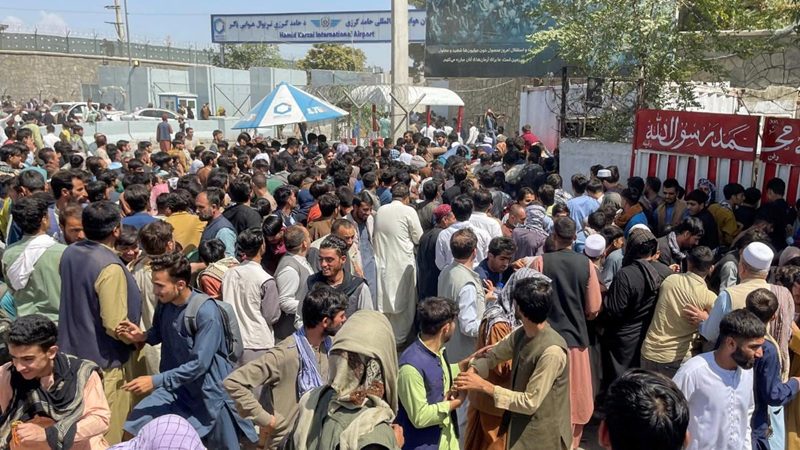
A man in his fifties told me that he had spent $34,000 two days earlier on a “ticket” for a friend, saying he could board a U.S. military plane to Qatar. But now the U.S. military says airports can only be used to evacuate non-Afghans, and the Taliban have cards to intercept them. The terminal couldn’t get in, and my friend couldn’t get through.
The footage, it’s gone
Just then, the cameraman next to me pulled me and pointed to the wall. An American soldier in dark glasses was shouting at me, making exaggerated gestures to walk away.
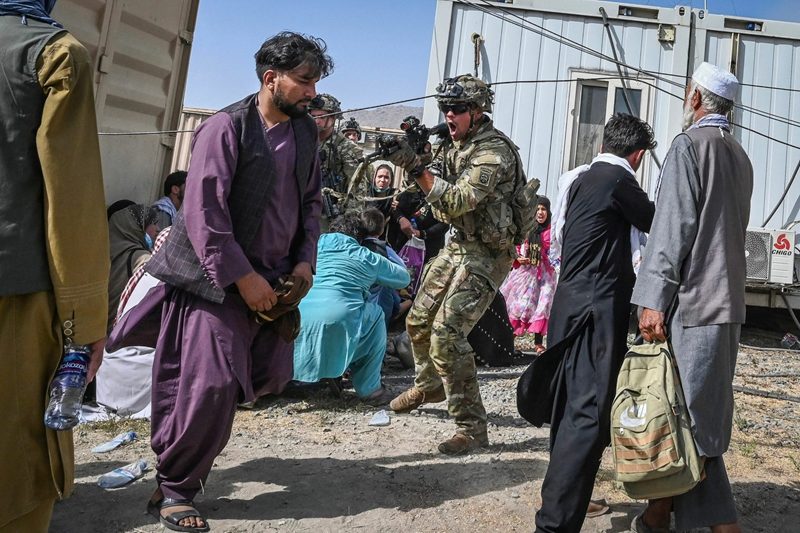
There was also a push behind me, looking back at two Taliban soldiers. I explained to them that there was already one of their commanders allowed to shoot here. One of them shook his head and said that the man who had just come from Kandahar, who he did not know and had nothing to do with them, was from the southern province of Helmand. We had to honestly hand over our phones and cameras and let them delete all the footage.
At this time, the U. S. troops in the airport and outside the Taliban soldiers shouted to us at the same time: “Go, go…”


